We hit the temperature record. Now what? Reasons to (still) look forward to 2025 nature and climate action
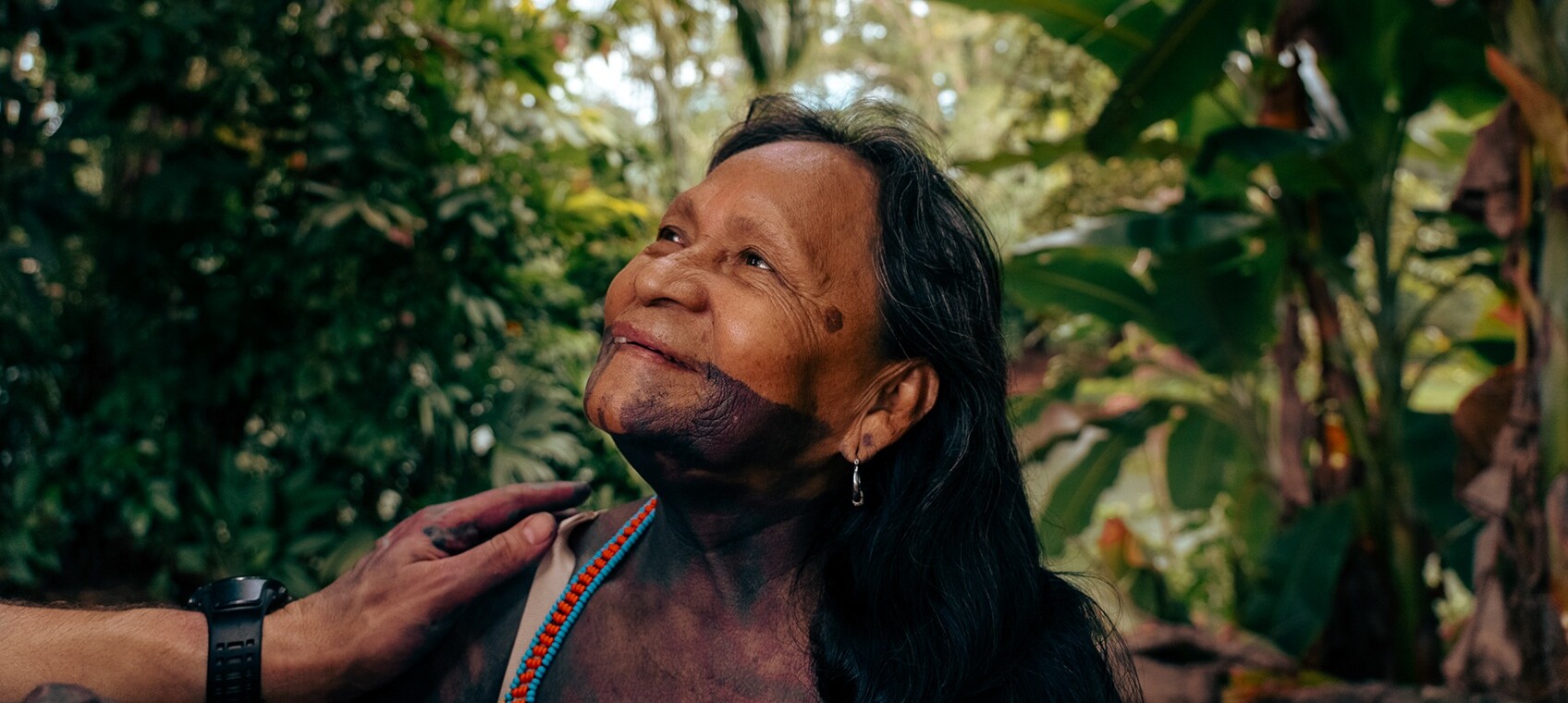
Photo: Anthony Marzin / If Not Us Then Who?
In environmental terms, 2024 was not a good year. Instead of being celebrated as a landmark year for climate action—with three Rio Convention Conferences (COPs) held back-to-back and a global summit of leaders from the world’s 20 largest economies (G20) in Brazil— last year will be remembered as the one when temperatures exceeded the 1.5ºC global warming threshold. The financial breakthrough expected for 2024’s COPs also didn’t come close to matching the rapid changes in the geopolitical landscape or the urgent needs of the climate emergency.
We know… 2025 is not looking as promising as hoped for, especially considering we have now reached the midpoint in the so-called ‘Decade of Action’. But the game is still on. As the Paris Agreement turns one decade old this year, we enter a pivotal moment for public and private sectors to work with nature to shift gears, correct course, and accelerate climate action.
Here’s how:
Read more
Related articles for further reading
New NDCs are underway: The deadline for new climate commitments to be published is one month away, in February. Climate leaders like Brazil and the UK have already raised the bar, creating momentum for urgent, equitable, and sustainable action by publishing new Nationally Determined Contributions (NDCs) with more ambitious targets emphasising nature’s role in these achievements, and establishing a precedent for other countries to follow their example.
The funding conversation has merely started: New NDCs may also open unprecedented investment opportunities for catalytic capital to scale up the implementation of NbS projects on the ground, bringing a more optimistic scenario for the new year. Plus, details of the freshly agreed New Collective Quantified Goal (NCQG) should be discussed at COP30, creating an opportunity for a greater push for more ambitious and equitable delivery of such commitments.
Nature (still) untapped potential keeps gaining momentum: Supported by the G20, the new bioeconomy model focuses on the sustainable use of natural resources, with projections to reach $30 trillion by 2050. In addition, a new report by the International Labour Organization (ILO), the International Union for Conservation of Nature (IUCN), and the UN Environment Programme (UNEP) showed that new investment opportunities in nature could create up to 32 million new jobs by 2030, placing 2025 as the pivotal year in this route.
Blended finance for biodiversity gets a second chance: Even though finance negotiations at UNCBD COP 16 in Cali came to a disappointing halt, CBD Parties are expected for a final round to agree on scaling up finance for biodiversity this February in Rome, offering a new chance to unlock ambition. Also, with just five years left for financial institutions to meet the 23 transformative targets set by the Global Biodiversity Framework (GBF), 2025 must be the year for biodiversity action. Over the past four years, private sector funding for nature has grown from $9.4 billion to over $102 billion, and these numbers will need to keep escalating in the coming months.
The UNFCCC is coming to the Amazon: Brazil is getting ready to host the climate conference this year. This will be only the second time a climate conference has been held in a tropical forest country, and the first in South America – hence its current moniker as the ‘nature COP’. As negotiators journey to the home of the Amazon forest (many for the first time), this is a unique chance to realign multilateral climate and nature goals, placing the world back on track
Top nature-based solutions experts share their hopes for COP30 in Belém this year, emphasizing the need for nature to take center stage in the negotiations. The UN Climate Conference in Brazil presents an opportunity to leverage the host's role as a bridge builder to bring financial resources and political alignment, ensuring we maximize nature's contribution to combating climate change.
As exciting as a climate summit in the forest might be, COP30 is not to be seen as an easy hike. Failure to agree on outcomes from the last Global Stocktake, including a timeline for phasing out fossil fuels, and an ever-urgent 700 billion annual funding gap for nature finance, and a deal on adaptation has left the COP30 Presidency with too many checkboxes to tick off. Even so, Brazil’s President Lula has consistently called for a “fair, fast, and funded” transition to sustainable energy systems and forest protection.
Speaking with Nature4Climate, the Head of COP30 for the Brazil Ministry of Environment and Climate Change, Alice de Moraes Amorim Vogas made the case that the climate summit in the Amazon will be about implementing and aligning different resource flows, political signals, and society in a coherent pathway, as well as to ensure a strong Indigenous peoples representation on the negotiation rooms. “It’s a moment where we are going to show what nature, the forests, and the people’s willingness to do this transformation to a low-carbon and more inclusive future. Combining this transition on fossil fuels and the transition on forests,” she said.
But to truly make COP30 the Nature COP, more than goodwill is needed. NDCs are a start, but all public policies must reflect the ambition to meet the Paris goals. Now, only 33% of nature-related policies published since the Paris Agreement have allocated budgets. To meet climate goals, financial flows to nature-based solutions (NbS) must almost triple by 2030, and COP30 needs to correct this oversight.
Where We Left Off: 2024 in a Nutshell
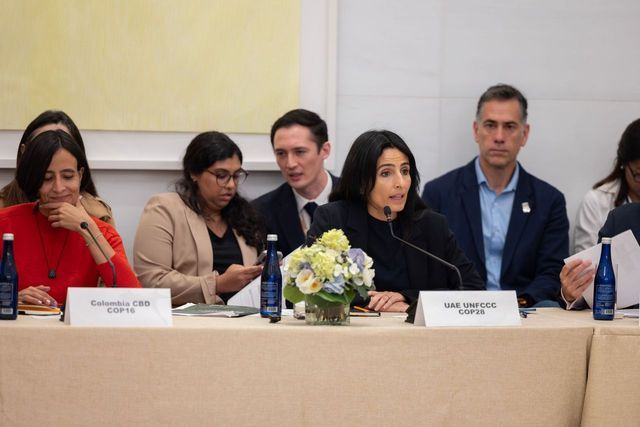
Word of the year: synergies. In a landmark year for global environmental action, climate, biodiversity and desertification conferences— UNFCCC COP 29 in Baku, UNCBD COP 16 in Cali and UNCCD COP 16 in Riyad—secured the recognition that nature is an indispensable ally in tackling climate change, biodiversity loss, and land degradation. For the first time, these interconnected crises were acknowledged as inseparable, culminating in a unified text signed by participating nations. The money to ensure such synergies come to fruition, however, is yet to be seen.
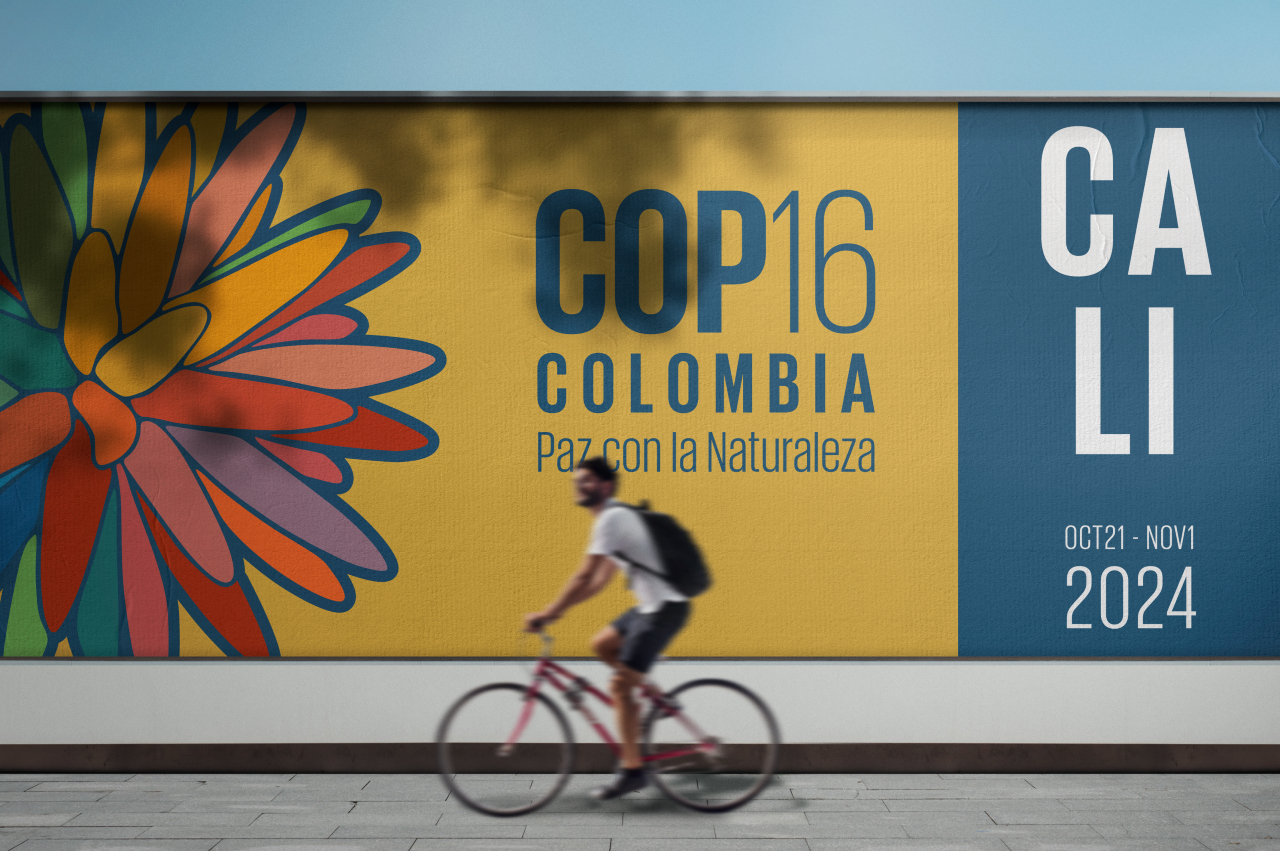
COP 16: one step forward, and pause. Despite global financing efforts still lagging, discussions in Cali did achieve a significant shift in money flows, including an additional US$163 million pledged by seven countries and Quebec to the Global Biodiversity Framework Fund, raising its total to approximately US$396 million. The summit, however, ended without a final deal to scale up finance at the rate required.
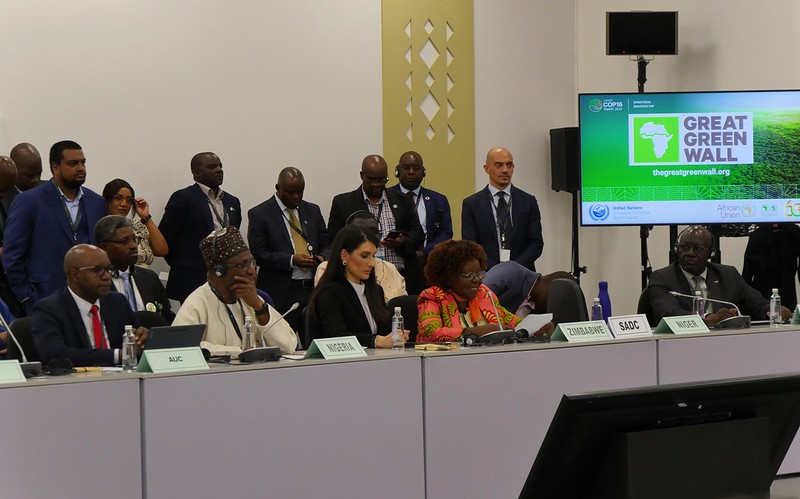
The Great Green Wall gains ground. Riyad spotlighted the African-led Great Green Wall initiative, aimed at restoring 100 million hectares of degraded land. Italy pledged EUR 11 million for Sahel restoration, and Austria committed EUR 3.6 million to boost coordination across 22 African countries. Saudi Arabia bolstered the effort with five new projects under its Saudi Green Initiative, worth a total of US$60 million. Photo: AfDB Group
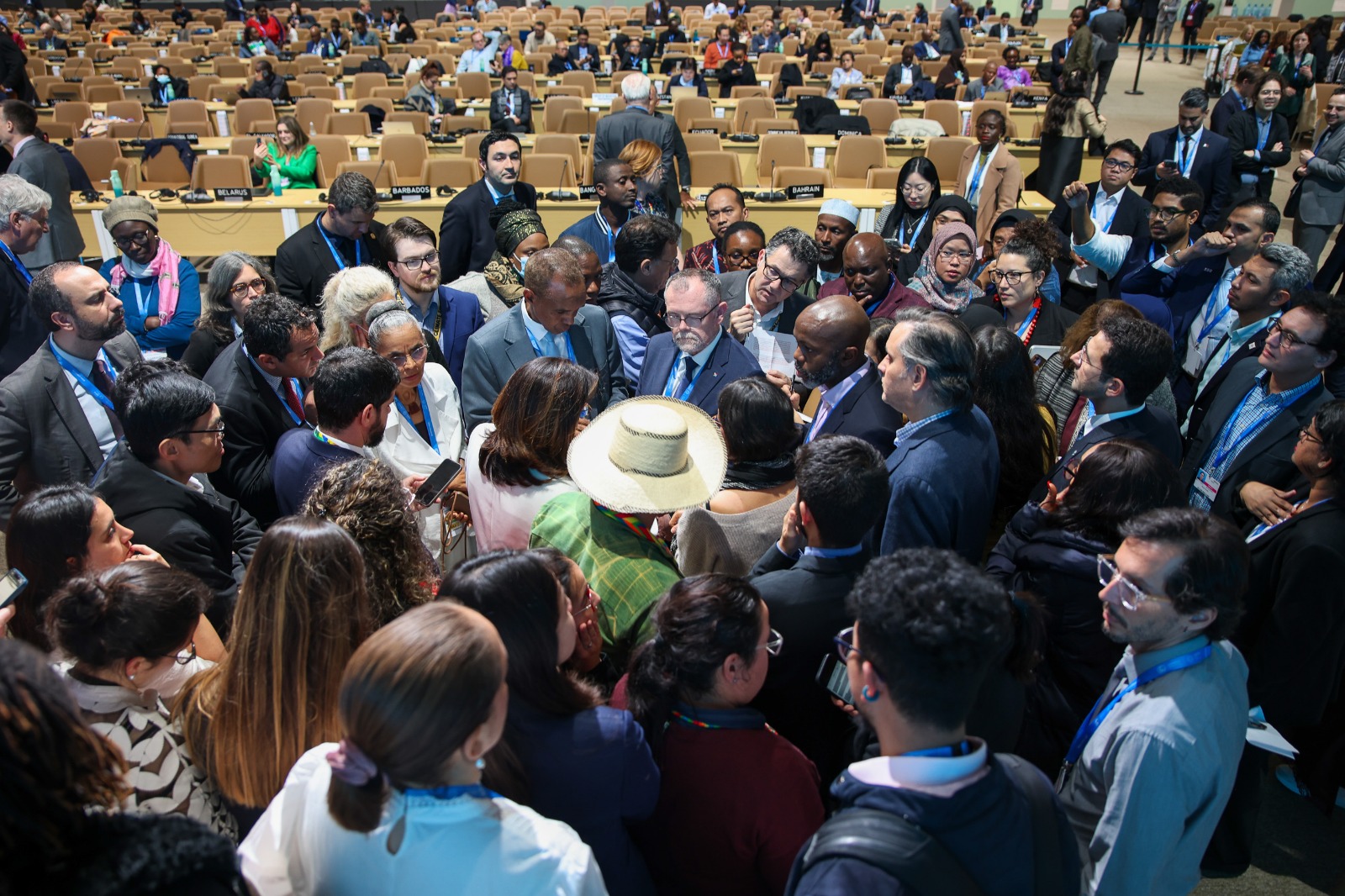
COP29 breakthrough: Financial breakthroughs and missed opportunities. The COP29 climate summit in Baku delivered a significant milestone: a long-term target to mobilise US$1.3 trillion annually by 2035 from public and private sources. This funding, described as a “floor, not a ceiling,” aims to drive resilience, energy access, and sustainable development in vulnerable nations. Despite the progress, the agreement comes with significant compromises. Crucially, the funds will be mobilised from a mix of public and private sources rather than guaranteed grants and the deal was deemed by some delegates as “too little, too late". Photo: IISD_ENB
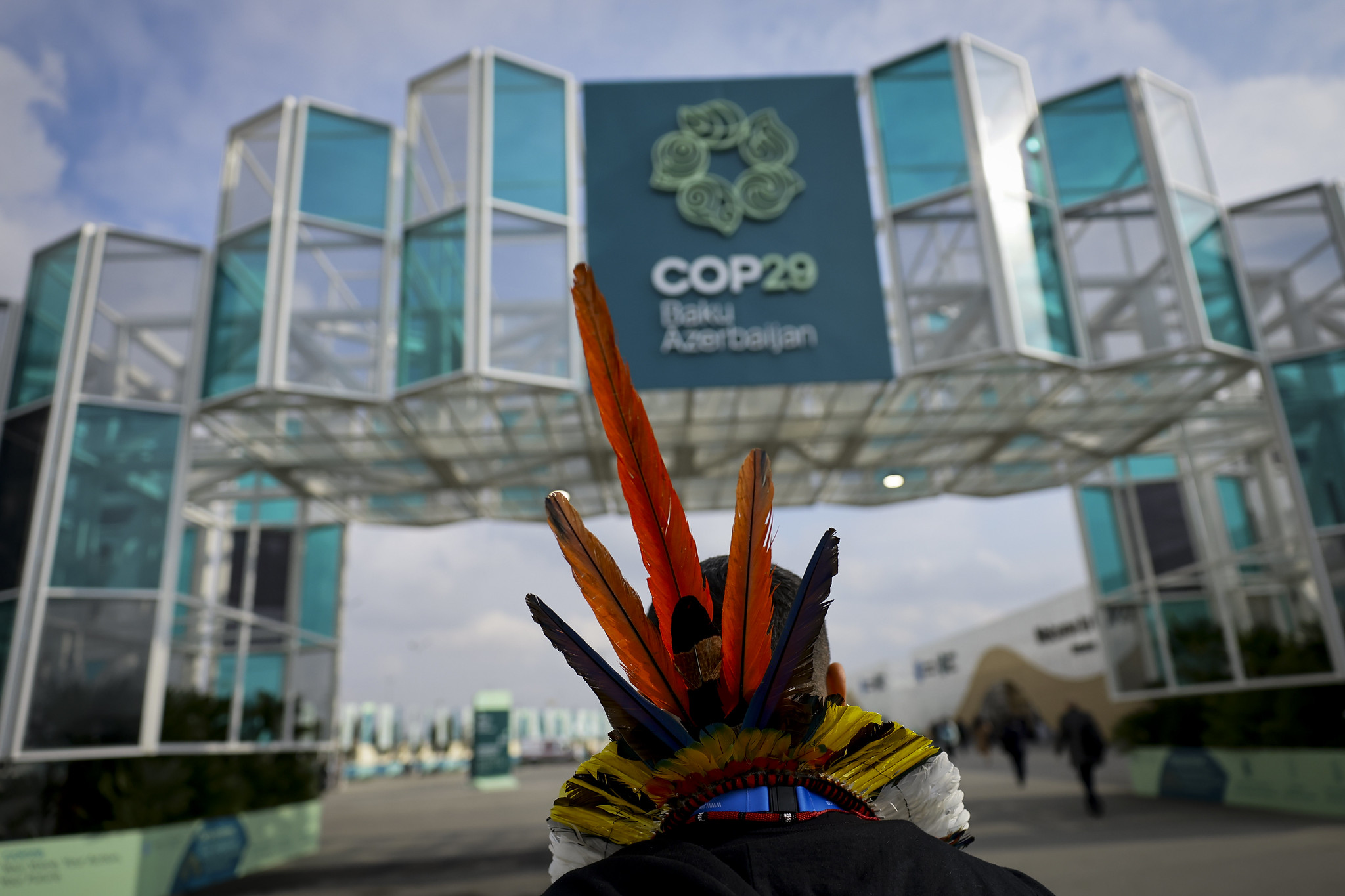
Carbon markets agreement: A decade in the making. After years of negotiations, countries finalised rules for global carbon markets under Article 6 of the Paris Agreement. The agreement established two mechanisms: Article 6.2: A framework for bilateral carbon trading, albeit without UN oversight of environmental outcomes; and Article 6.4: A global crediting mechanism for emissions reductions, though concerns remain about inclusivity for natural climate solutions and Indigenous Peoples. Photo: UNFCCC
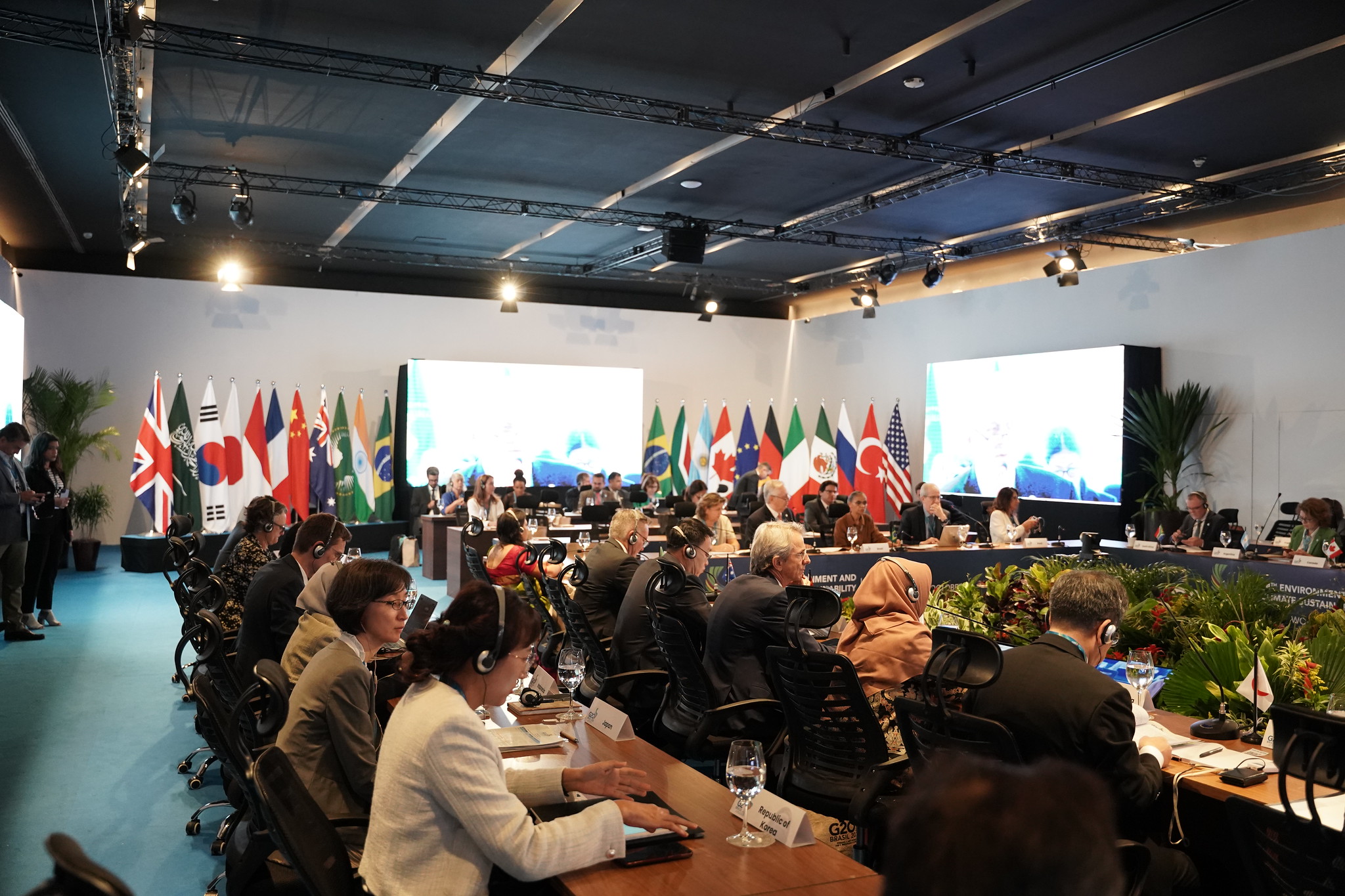
G20’s green push. At the G20 summit in Rio, leaders reaffirmed their commitment to the Paris Agreement and supported the Tropical Forest Forever Facility and bioeconomy principles. Notably, President Joe Biden visited the Amazon to launch the Brazil Restoration and Bioeconomy Finance Coalition, aiming to drive US$10 billion in forest conservation investments by 2030. Photo: Vanderlei Vieira